CFOM Publications
CFOM Researchers have been involved in writing numerous publications on a number of topics, including journalism safety and media freedom. Beneath, you can find a detailed list of reports and policy briefs that have been written by the team.
Legislative threats
CFOM has been involved in examining legislative threats that threaten the work of journalists both in the UK and around the world. Researchers have also examined editorial standards and regulation in the UK. Beneath are the publications surrounding these areas of research.
Centre for Freedom of the Media (2025) ‘Media Freedom Under Attack: Examining legislative threats to media freedom in the United Kingdom‘
This report was written following the conclusion of a one-day workshop hosted in October 2023. The report examining threats to media freedom in the UK following concerns surrounding legislative changes, including the introduction of the Online Safety Act 2023 and the National Security Act 2023. The report also examines the impact that Strategic Lawsuits against Public Participation (SLAPPs) are having on journalism and how current legislation is ineffective at tackling them. Examination surrounding the self-regulatory landscape following the scrapping of section 40 of the Crimes and Courts Act 2013 is also discussed in the report.
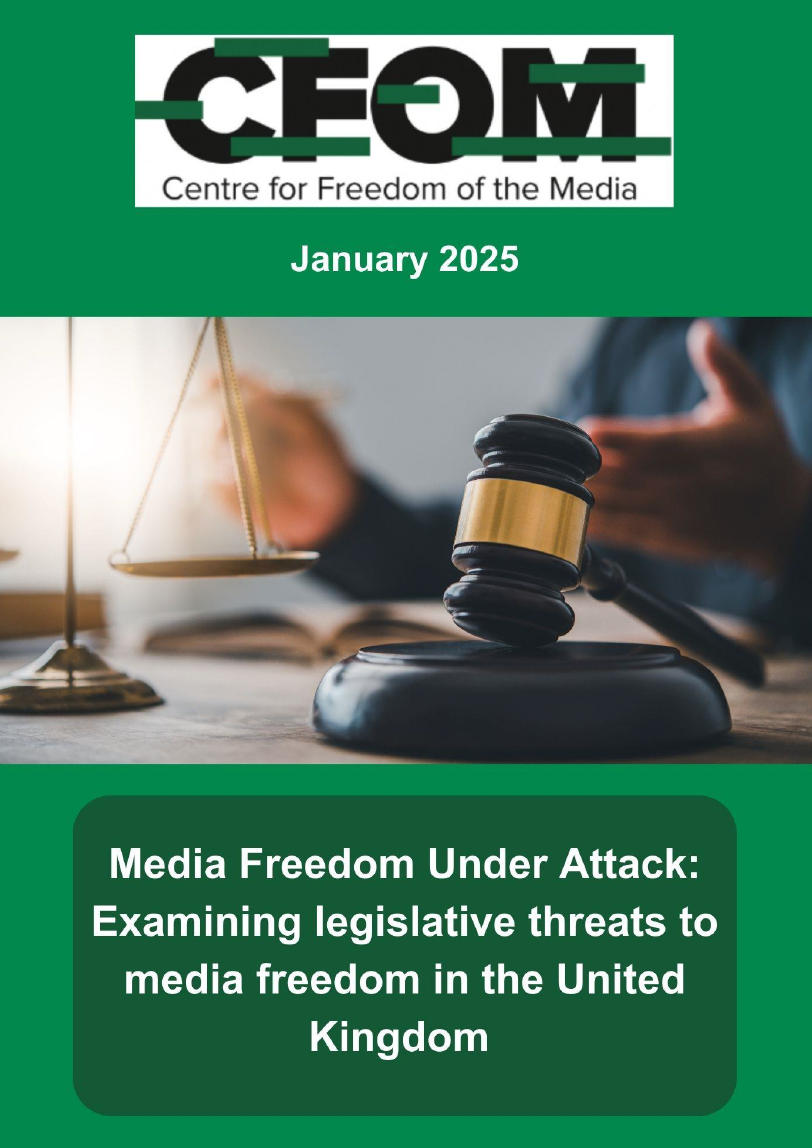
Dagoula, C., Harrison, J. and Katsirea, I. (2018) ‘IPSO Research on Editorial Standards and Complaints‘
CFOM conducted a two-year comprehensive study of editorial standards of accuracy and complaints handling pre and post the creation of the Independent Press Standards Organisation (IPSO). Prior to IPSO, the majority of complaints were handled by the Press Complaints Commission (PCC), which closed following the conclusion of the Leveson Inquiry in 2012. The research focused on 17 publications, covering a range of daily national newspapers, Sunday editions, and a sample of regional newspapers. The researchers found that more professional and systematic complaints handling processes and greater transparency about newspapers’ policies have been introduced under IPSO.
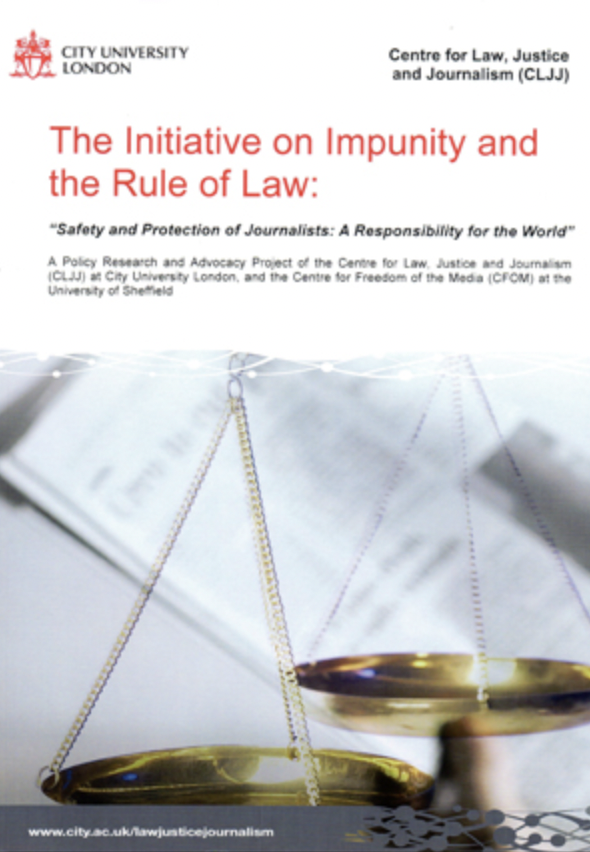
Centre for Law, Justice and Journalism (CLJJ) at City University London, and the Centre for Freedom of the Media (CFOM) (2011) The Initiative on Impunity and the Rule of Law
The Initiative on Impunity and the Rule of Law was a global project between CFOM at the University of Sheffield and also the Centre for Law, Justice and Journalism (CLIJ) at City University, London. The aim of the project was to provide an independent platform to assess the effectiveness of existing legal, political and institutional safeguards against violence directed at journalists because of their professional work. The project also presented the case for more effective international mechanisms to counter such crimes of violence and to end impunity. The project involved collaborative research and consultation among academic and legal experts, national government officials, Inter-Governmental Organisations, and civil society and media representatives.
Journalism Safety
Centre for Freedom of the Media (2022) UN Plan of Action Academic Consultation Report and Recommendations
On occasion of the tenth anniversary of the UN Plan of Action in 2022, CFOM was asked to lead the academic consultation. It has done so via the Journalism Safety Research Network (JSRN) and its UNESCO Chair on Media Freedom, Journalism Safety and the Issue of Impunity (established at the University of Sheffield in 2018). To support wider inclusion, participants in the academic consultation were also reached through collaborative partners and their extended networks, including those of UNESCO, the Worlds of Journalism Study and the Centre for Digital Politics, Media and Democracy, University of Liverpool. Following the three rounds of the academic consultation and a literature stocktake, CFOM produced a set of recommendations on how the UN Plan of Action on the Safety of Journalists and the Issue of Impunity (UNPA) can be strengthened and adapted in light of the new challenges threatening the safety of journalists.

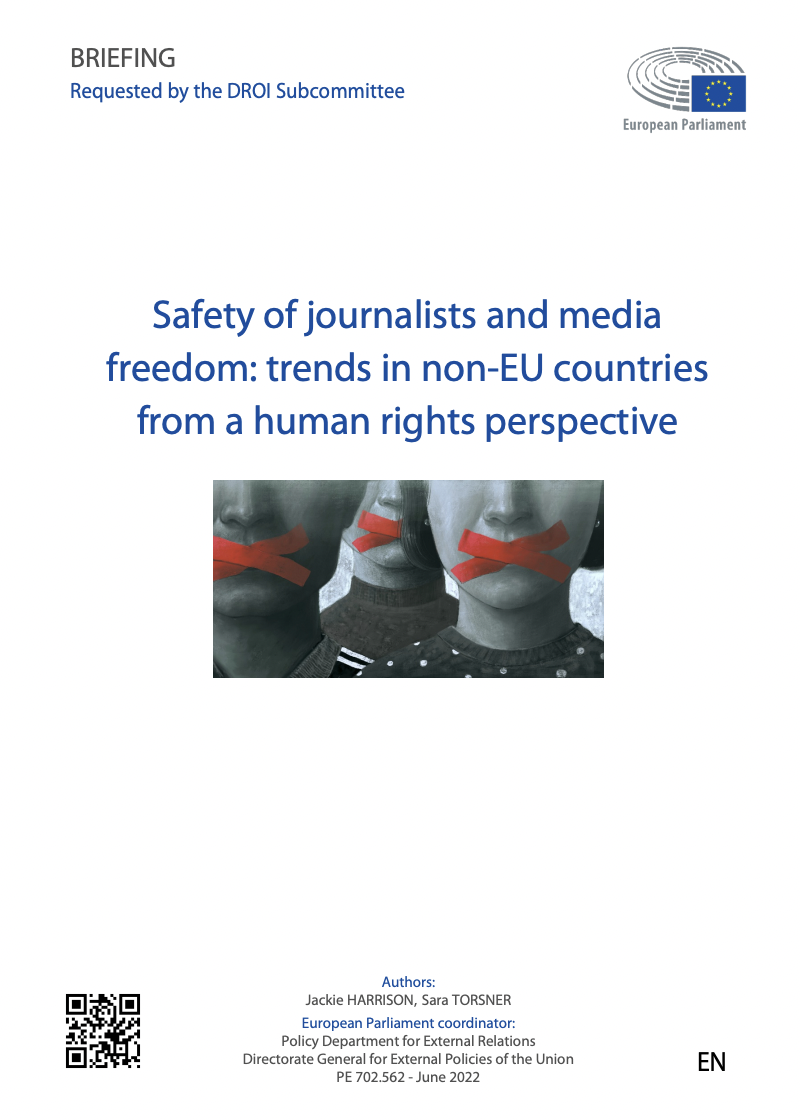
Harrison, J. and Torsner, S. (2022). Safety of journalists and media freedom: trends in non-EU countries from a human rights perspective. European Parliament, Directorate-General for External Policies, Policy Department (Report: June 2022 -PE 702.562).
The UNESCO Chair and Dr Sara Torsner wrote a policy brief for the European Parliament focusing on the decline of media freedom: Safety of journalists and media freedom: trends in non-EU countries from a human rights perspective. They noted how there had been an increase in targeted attacks on the media, including non-lethal physical violence; legal, digital, psycho-social, gender and identity-based intimidation; and state-led capture of the media landscape. Their findings showed that political journalism remains most at risk, that major social shocks or crisis have been used as pretext for intrusive government measures and, finally, that there is a decline in media plurality and independence
Horsley, W. & Selva, M. (2021) Freedom of expression and the safety of foreign correspondents: trends, challenges and responses. UNESCO’s World Trends in Freedom of Expression and Media Development, CI-2021/WTR/2.
This brief is part of UNESCO’s ‘World Trends in Freedom of Expression and Media Development’. It was co-authored by CFOM’s International Director, William Horsley. The brief focuses on the role that foreign correspondents play in society and how the nature of their role has changed over time, alongside discussing the numerous challenges that they face too. Such challenges include increasing hostility from, in particular, political leaders. The brief highlights the importance of foreign correspondents in working on complex cross-border investigations and emphasises that they should be protected. The brief offers some recommendations on how these challenges might be able to be tackled through multi-stakeholder approaches
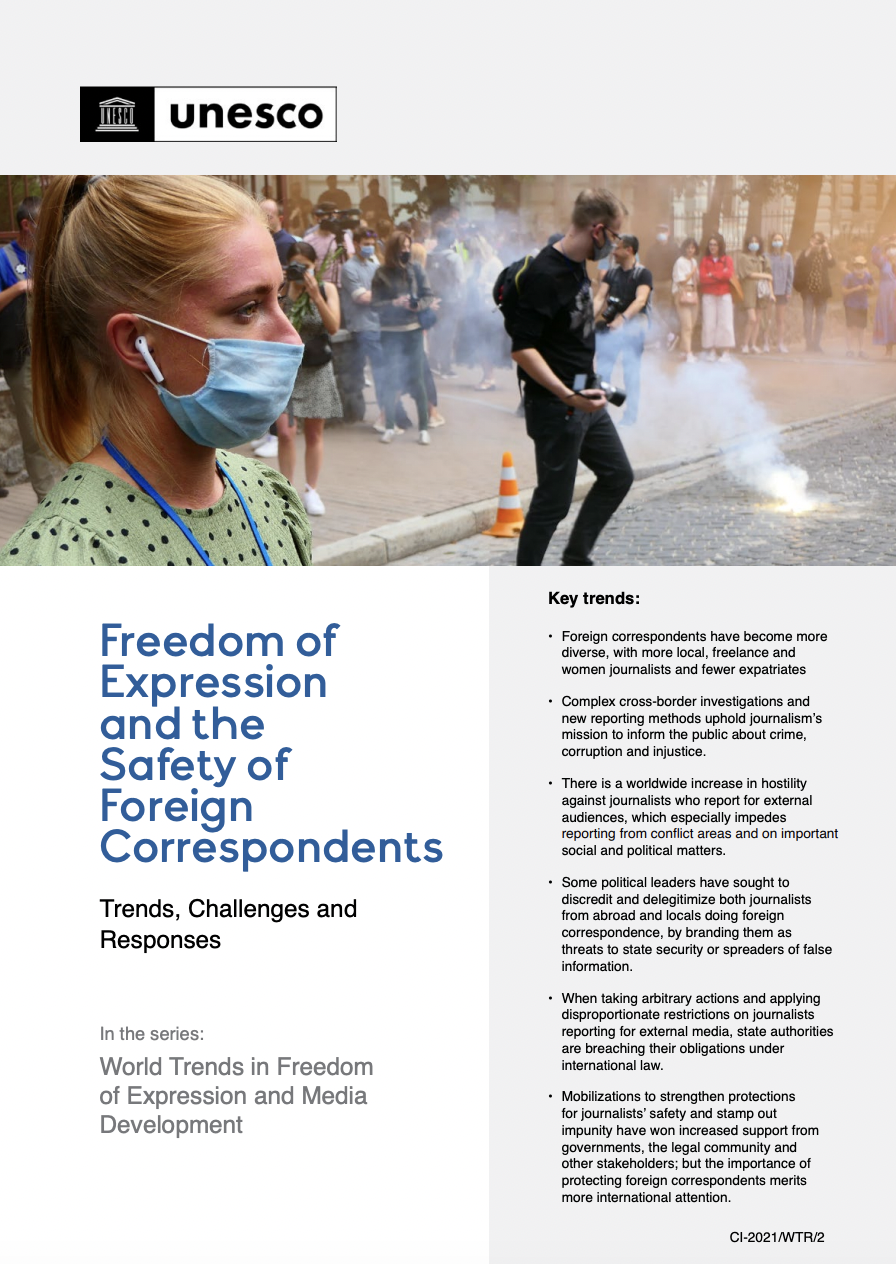
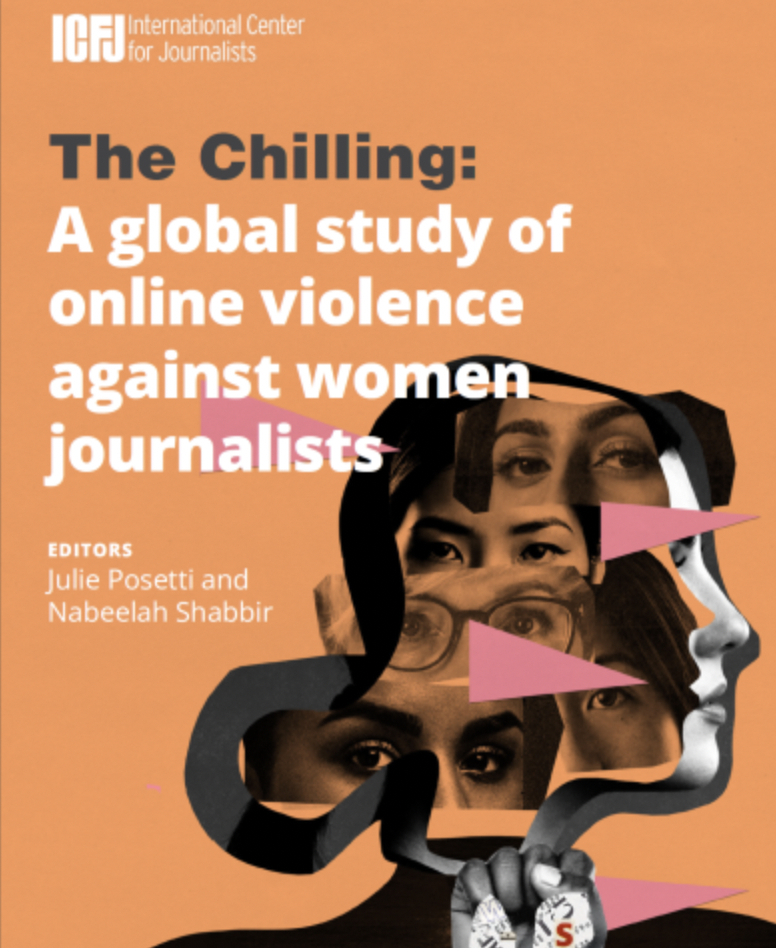
Posetti et. al (2021). The Chilling: global trends in online violence against women journalists. UNESCO discussion paper.
The International Center for Journalists (ICFJ) and UNESCO published ‘The Chilling: A global study of online violence against women journalists’. The report, which has been a collaboration with CFOM, is a ground breaking global study that details the trends of online violence against women journalists alongside offering solutions to this problem. The Chilling includes 850 testimonies from women worldwide alongside a social media analysis. The analysis of 3 million tweets made up three big data case studies that were undertaken with the University of Sheffield and CFOM computer scientists.
The work has been led by ICFJ’s and CFOM’s Senior Researcher Dr Julie Posetti and ICFJ’s Senior Research Associate Nabeelah Shabbir. CFOM members Professor Kalina Bontcheva, the UNESCO Chair Professor Jackie Harrison, Dr Diana Maynard and Dr Sara Torsner were senior researchers in the team. The project has also been published on The Guardian’s website.
Clark, M. & Horsley, W. (2020) A mission to inform – Journalists at risk speak out. Council of Europe
This paper, published by the Council of Europe, explores the numerous threats that journalists are facing in their work, including: police intimidation, legal harassment, defamation, intimidation campaigns offline and online, economic pressure, detentions, threats, and physical violence. This study explores the human cost to journalists who seek to hold the powerful to account. It is based on in-depth interviews with 20 journalists who share their insights into the realities of practicing journalism while facing these numerous threats and how they cope with these threats. The report acknowledges that protections often fail and impunity remains a large issue. It calls for more to be done to protect journalists at a time when it is increasingly dangerous to do their job and act as a public watchdog.
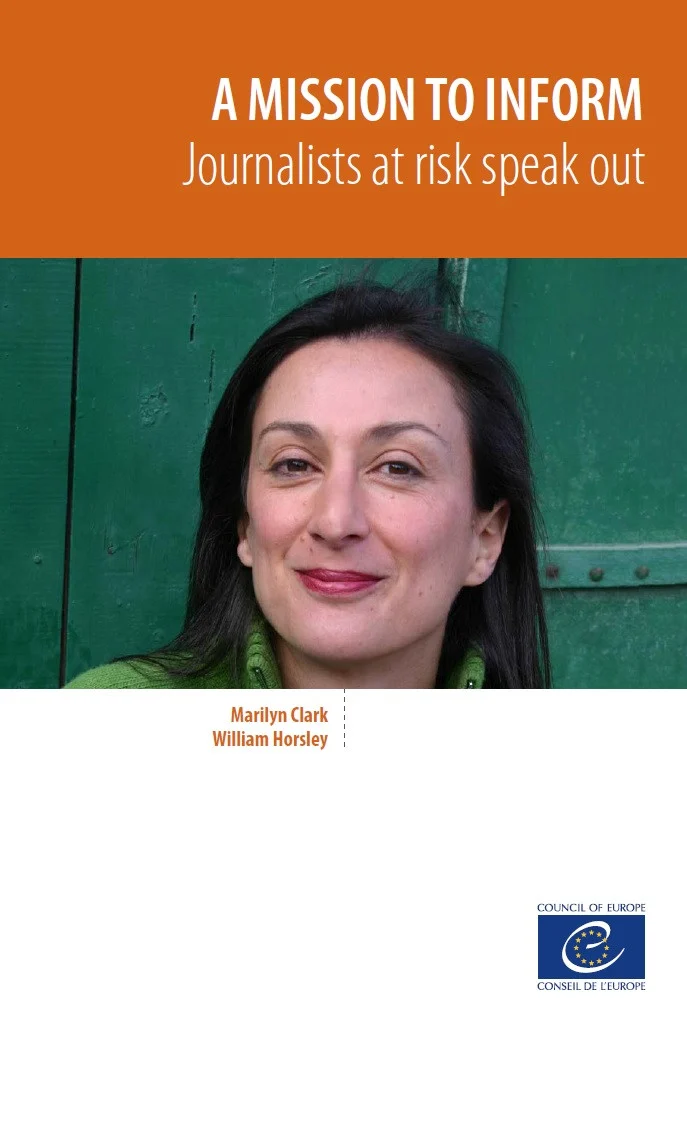
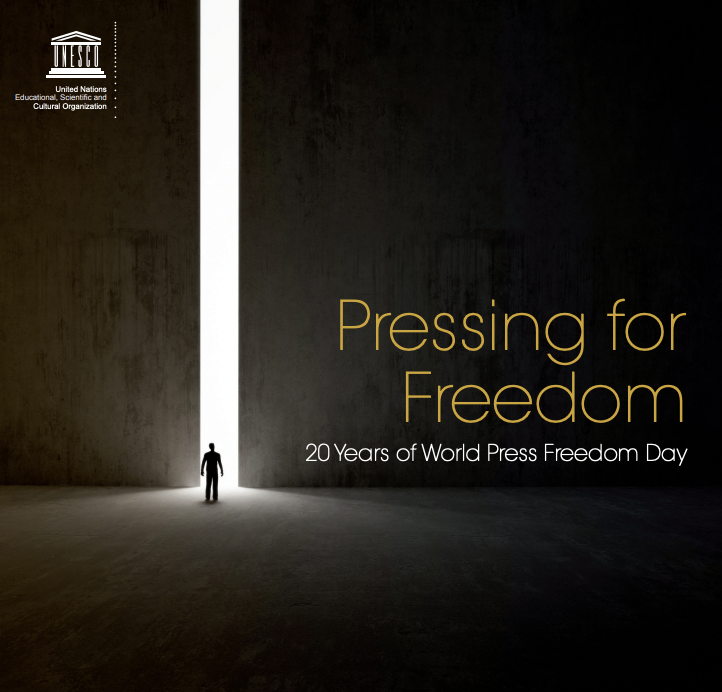
Horsley, W. (Ed) (2020) Pressing for freedom: 20 years of World Press Freedom Day. UNESCO
William Horsley edited this publication examining 20 years of World Press Freedom Day. The publication focuses on why and how WPFD was created by UNESCO alongside contributions from members of civil society organisations about the importance of the day and testimonials detailing how important it is. The publication also looks ahead at the future and what current threats need to be addressed to ensure that press freedom is offered the utmost protection.
Horsley, W. (2020) OSCE Safety of Journalists Guidebook, 3rd edition. Office of the OSCE Representative on Freedom of the Media
Written by William Horsley, the OSCE Safety of Journalists Guidebook details the safety issues facing journalists in the work that they do, particularly in the OSCE region. The guidebook details these threats and provides context behind them alongside looking at how journalists can be protected and perpetrators of crimes against them held to account through prosecution. It also emphasises how prevention is of key importance too and makes some tentative recommendations as to how journalists can be better protected.
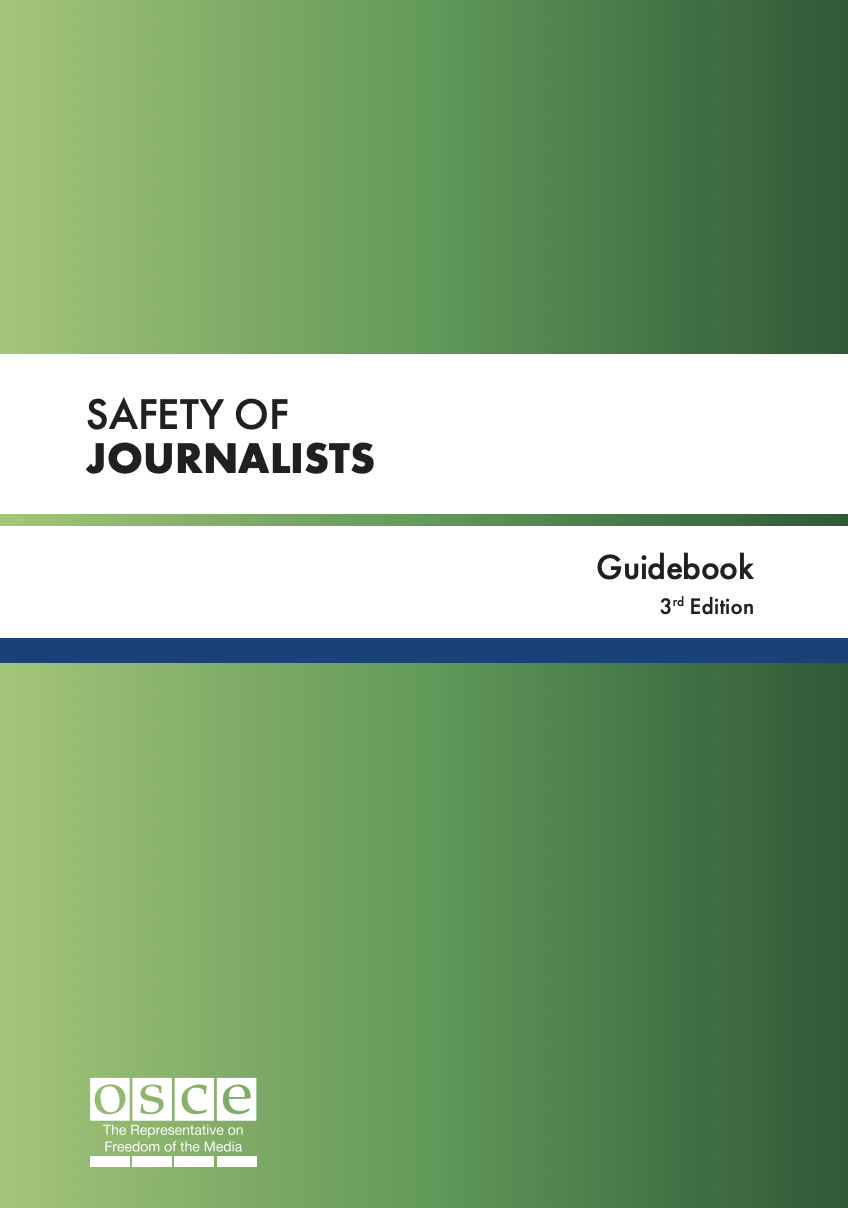
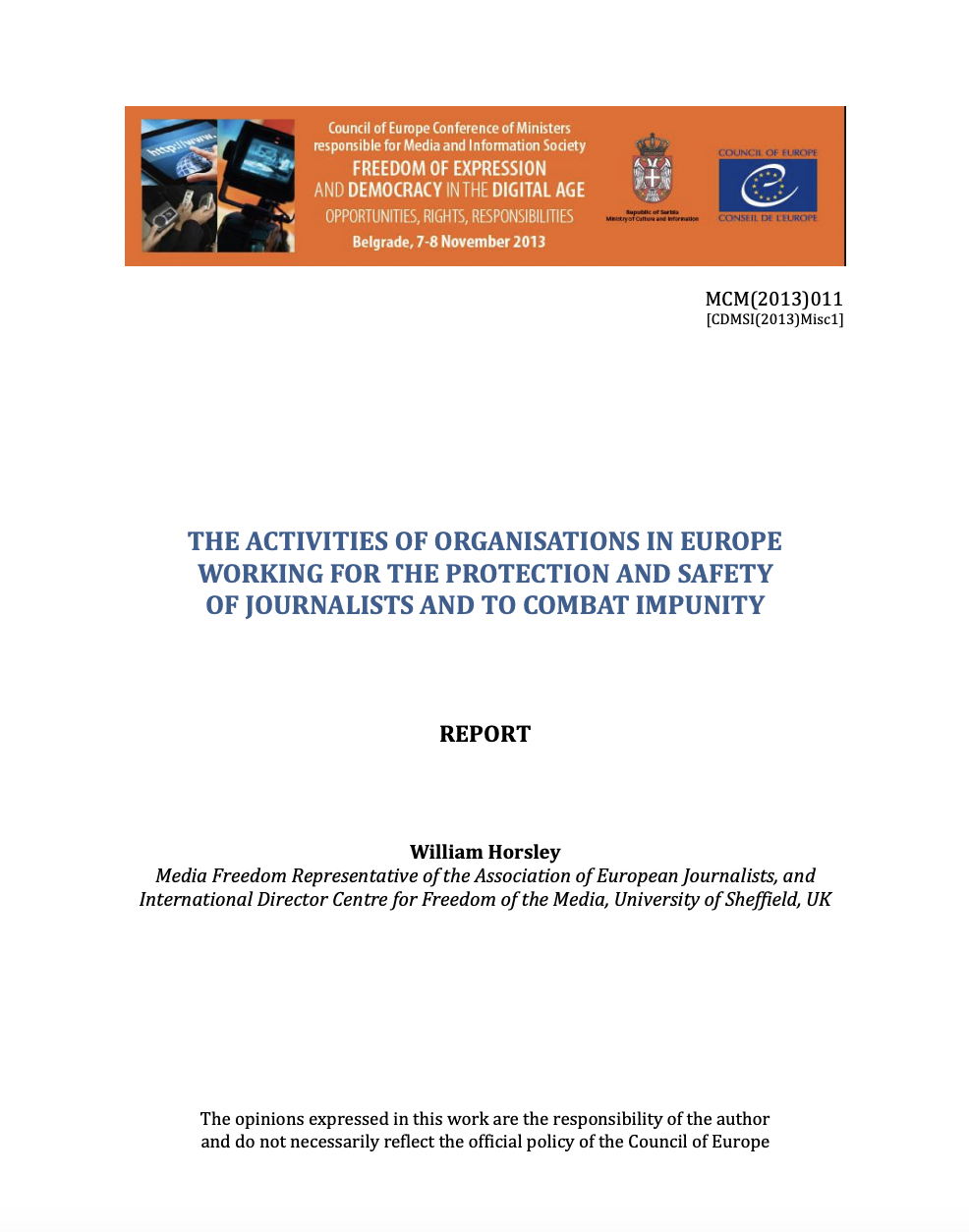
Horsley, W. (2013) The Activities of Organisations in Europe working for the Protection and Safety of Journalists and to Combat Impunity. Council of Europe
Written for the Council of Europe by William Horsley, this Report for the Council of Europe maps the main activities of the other InterGovernmental Organisations with mandates to uphold and promote free expression and the safety of journalists in Europe and of many of the leading NGOs active in those fields; and indicates gaps and areas of concern where further efforts appear to be necessary. This Report, together with detailed analysis by experts and stakeholders, points to gaps in implementation of European standards and areas of concern which may merit additional actions or stronger enforcement measures.
Horsley, W. (2009) Respect for Media Freedom. Background Report prepared for Parliamentary Asembly Committee on Culture, Science and Education Sub-Committee on the Media.
As part of the Council of Europe’s Parliamentary Assembly, Committee on Culture, Science and Education Sub-Committee on the Media, CFOM’s International Director, William Horsley, wrote a report to assist the Parliamentary Assembly to act on its concerns about physical assaults and other forms of serious harassment of journalists in Europe. The report describes the wide extent of the severe violations of media freedom, including the documented record of murders of journalists and violent attacks on them, in Council of Europe member states from early 2007 to September 2009.
